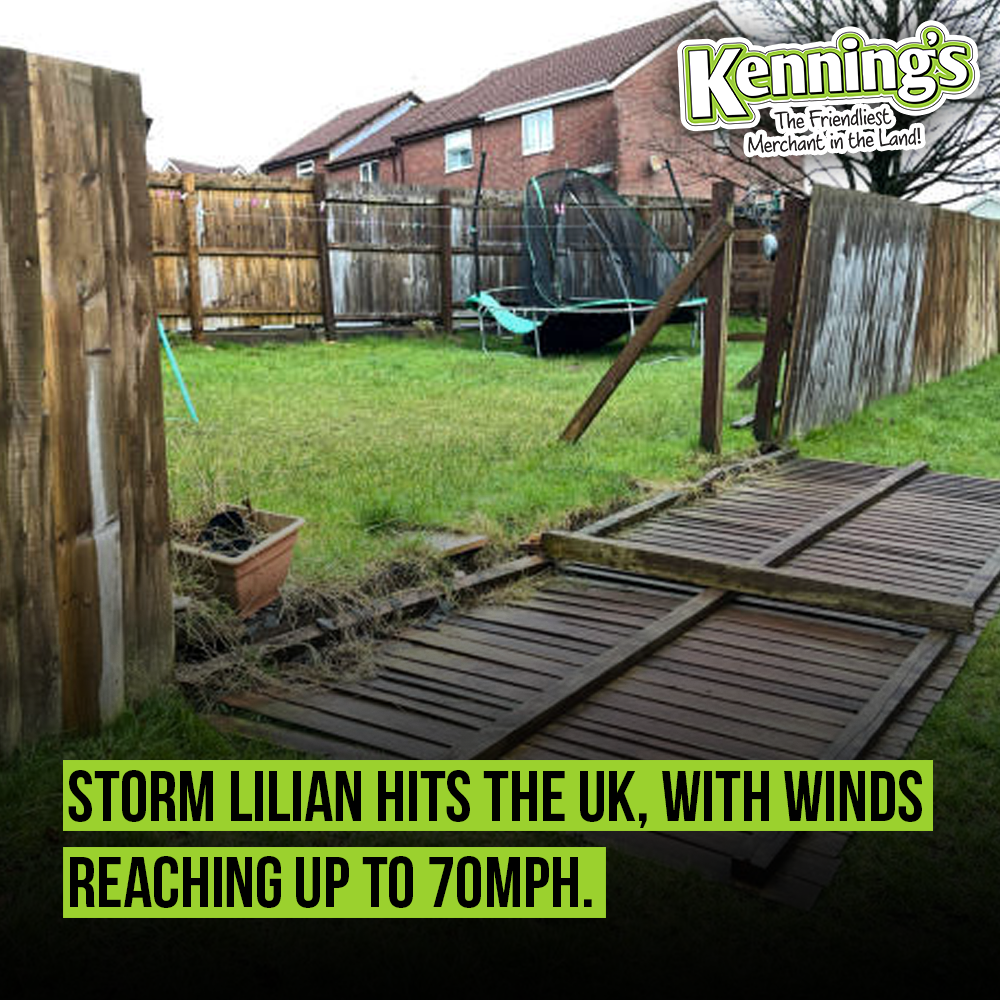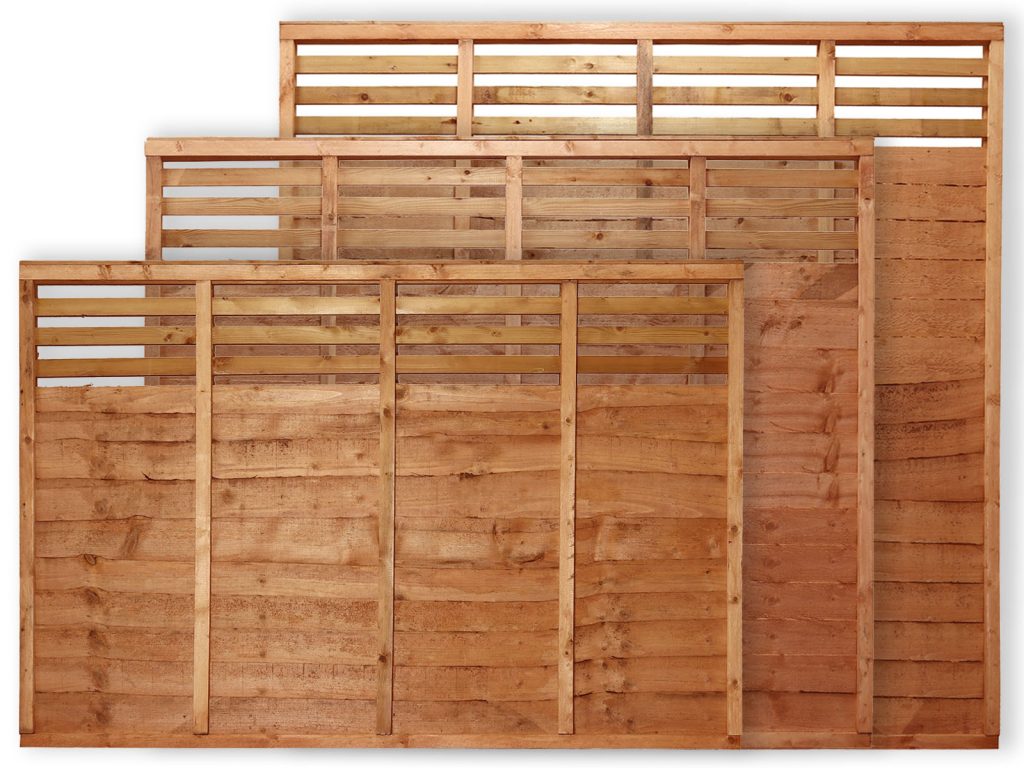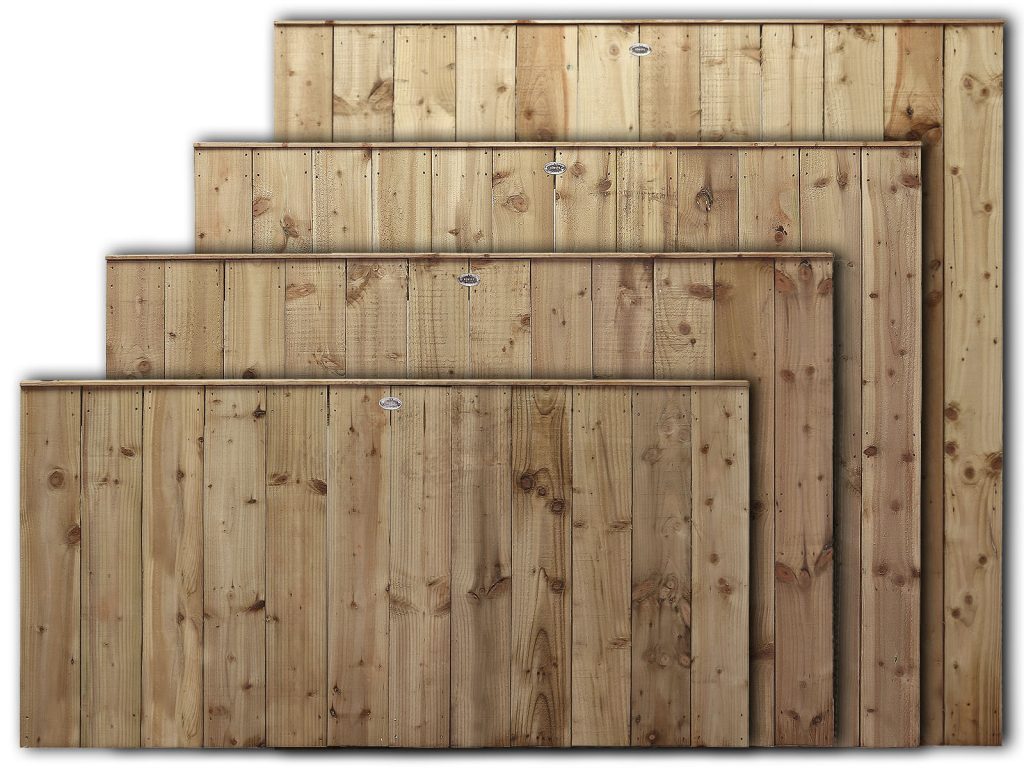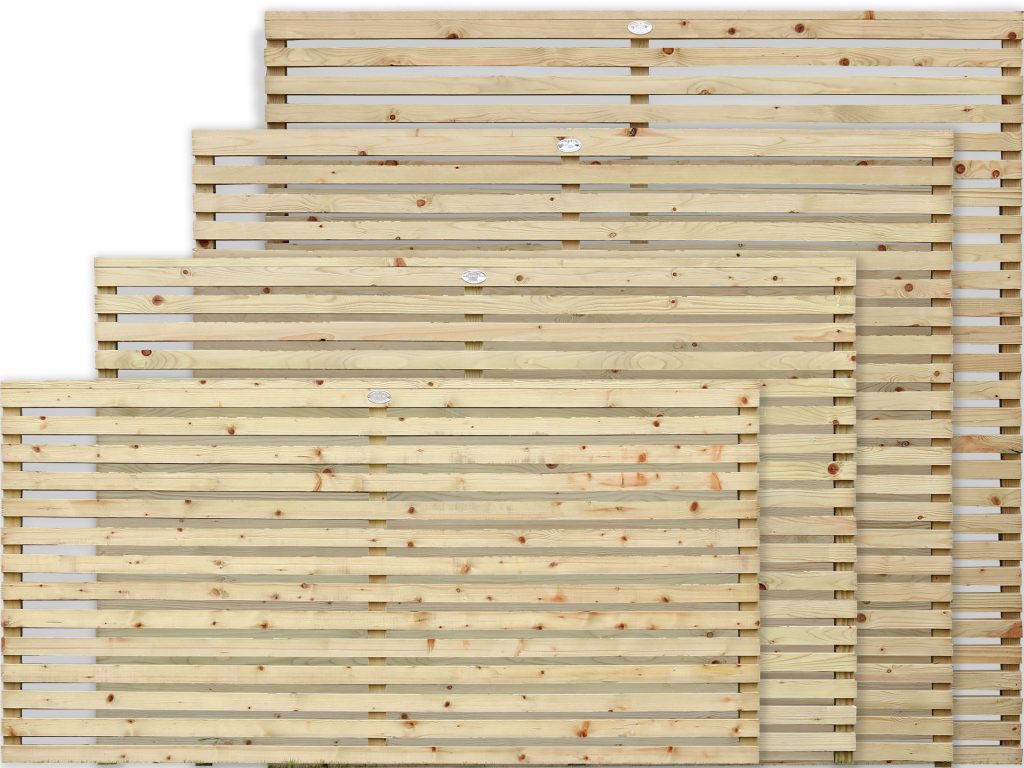Introduction
Imagine your garden as a serene sanctuary—a personal Eden. Now, imagine how disheartening it would be to see it ravaged by a furious storm like Storm Lilian. For homeowners in storm-prone regions, this is a harsh reality.
In this blog post, we will explore the crucial role that sturdy fence panels play in safeguarding your garden during volatile weather conditions. From understanding the damage storms can cause to offering practical tips for choosing and installing the right fencing, we aim to guide you towards creating a garden that stands tall against nature’s fury.
Choosing the Right Fence Panels
Material Matters
When selecting fence panels, the material is of utmost importance. Wood, vinyl, and metal are popular choices, each with its own pros and cons. Wood provides a natural look but requires regular maintenance. Vinyl is low-maintenance but can be less sturdy. Metal is robust but may lack aesthetic appeal.
Considering Wind Resistance
Wind resistance is a critical factor in storm-resilient fencing. Look for panels with gaps that allow wind to pass through rather than solid panels that can act like sails and get blown away. Designs like picket or lattice fencing offer both protection and wind passage.
Height and Stability
A fence’s height and stability are crucial. Taller fences offer more protection but are also more susceptible to being toppled if not properly secured. Make sure your fence posts are deep and well-anchored to withstand high winds.
Installation Tips for Storm-Resilient Fencing
Professional Installation vs. DIY
While a DIY approach can be tempting, professional installation ensures that your fence is built to withstand storms. Experts know how to anchor posts, select the right materials, and adhere to local building codes.
Anchoring Fence Posts
Properly anchored fence posts are the backbone of a storm-resilient fence. Use concrete footings and make sure the posts are buried at least two feet deep. This depth offers the stability needed to resist strong winds.
Regular Maintenance
Even the sturdiest fence requires regular maintenance. Check for loose panels, cracks, and rot, especially after a storm. Regular upkeep ensures that your fence remains a reliable protector of your garden.
Benefits of a Storm-Resilient Garden
Protection for Plants
A storm-resilient fence protects your plants from wind and debris. Shielded from the harshest elements, your garden can continue to thrive even in stormy weather.
Safety for Your Home
A sturdy fence can prevent debris from flying into your home during a storm. This added layer of protection reduces the risk of damage to your property and enhances the safety of your family.
Peace of Mind
Knowing that your garden and home are protected brings peace of mind. You can focus on enjoying your garden rather than worrying about the next storm.
Common Mistakes to Avoid
Skimping on Quality
Cheap materials and quick fixes might save money initially but can lead to costly repairs later. Invest in high-quality fence panels and professional installation for long-lasting results.
Ignoring Local Regulations
Always check local building codes and regulations before installing a fence. Non-compliance can result in fines and the need to redo the work, costing you time and money.
Neglecting Maintenance
A fence is not a set-and-forget solution. Regular inspections and maintenance are essential to keep it in top condition and ensure it performs when needed.
DIY vs. Professional Services
Pros and Cons of DIY
DIY installation can be cost-effective and gives you control over the project. However, it requires time, effort, and expertise to ensure the fence is storm-resilient.
Benefits of Hiring Professionals
Professional installers bring experience and knowledge, ensuring your fence is built to last. They also handle permits and compliance with local regulations, saving you hassle.
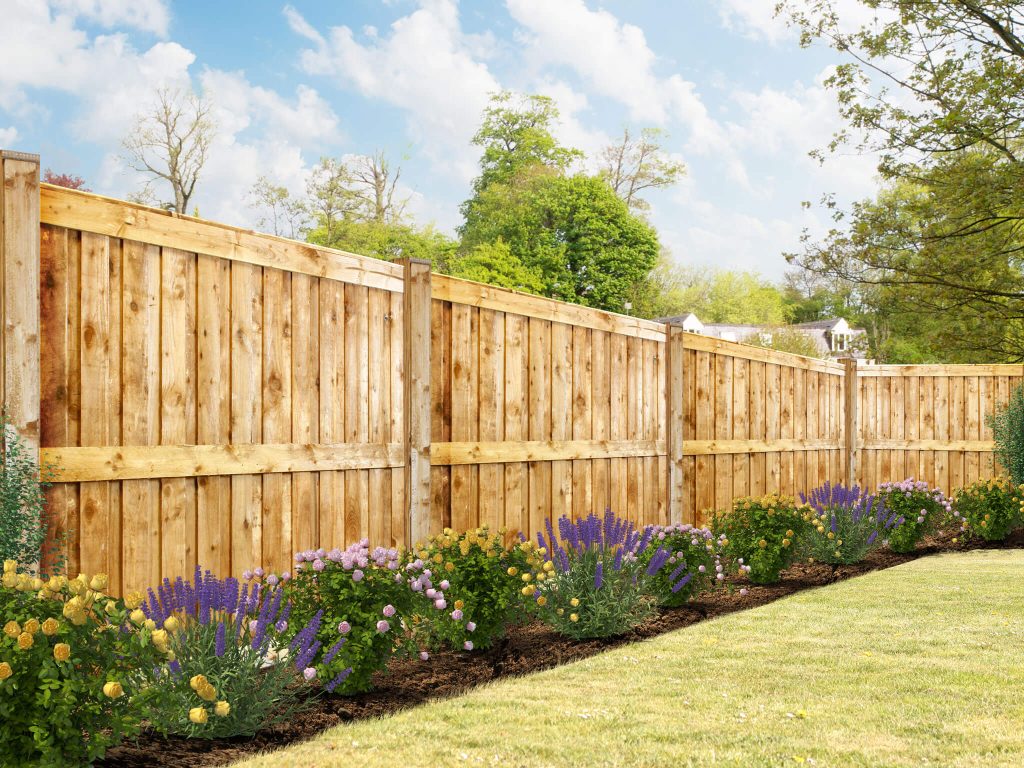
The Role of Landscaping
Strategic Planting
Strategically planting shrubs and trees can complement your fence, offering additional windbreak and aesthetic appeal. Choose hardy plants that can withstand harsh weather.
Creating Windbreaks
Combining fencing with natural windbreaks like hedges adds another layer of protection. This multi-layered approach can significantly reduce wind impact on your garden.
Integrating with Your Design
Your fence should blend seamlessly with your garden design. Choose materials and styles that complement your landscape, creating a cohesive and attractive outdoor space.
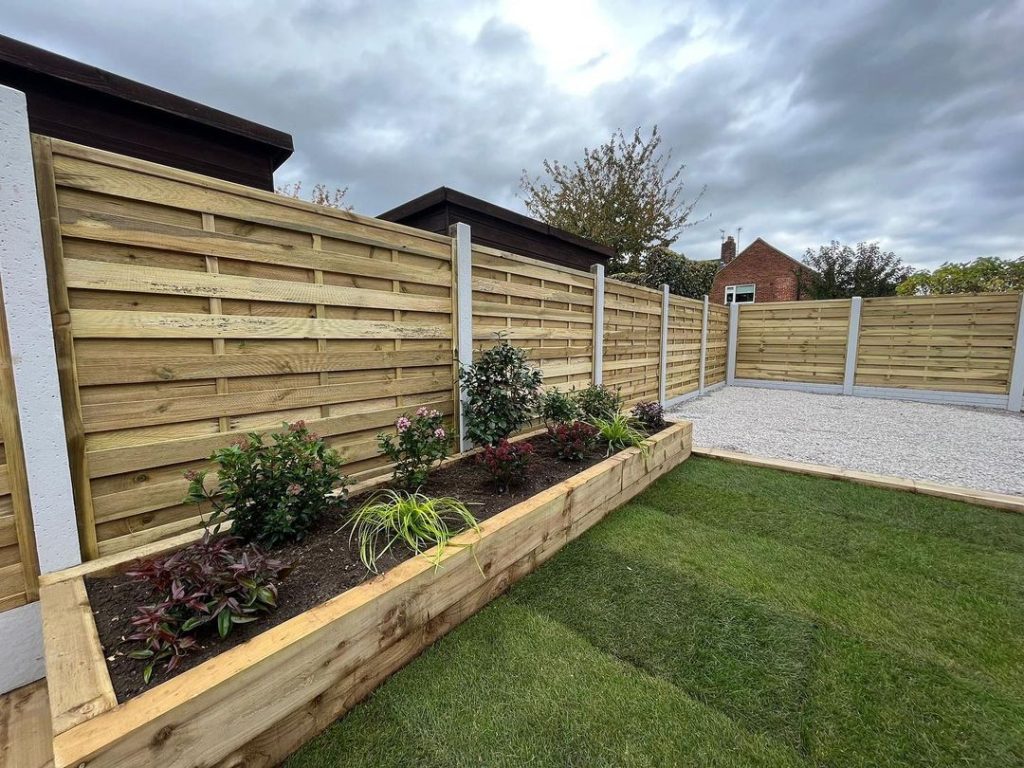
Further Resources
For more information on storm-resilient gardening and fencing options, or to speak with a professional consultant, visit our website or contact us directly. Your garden deserves the best protection, and we’re here to help you achieve it.

